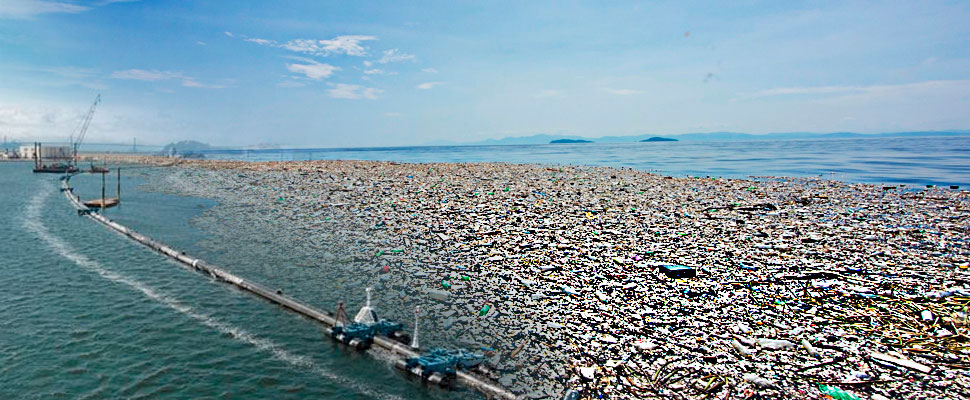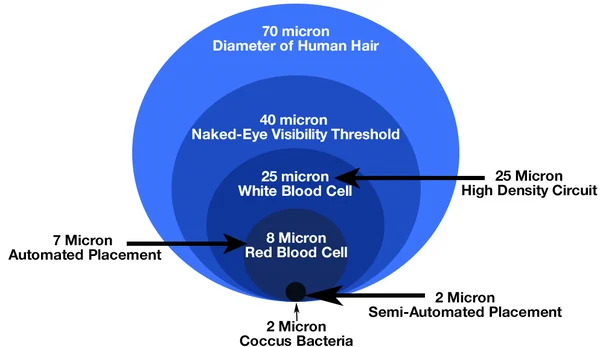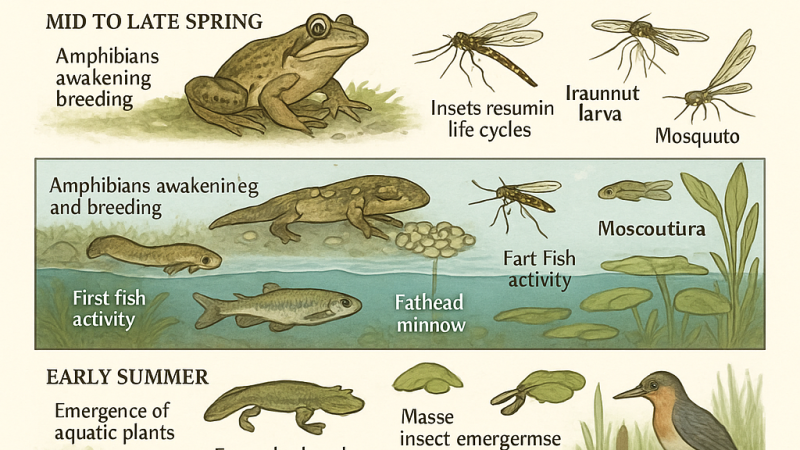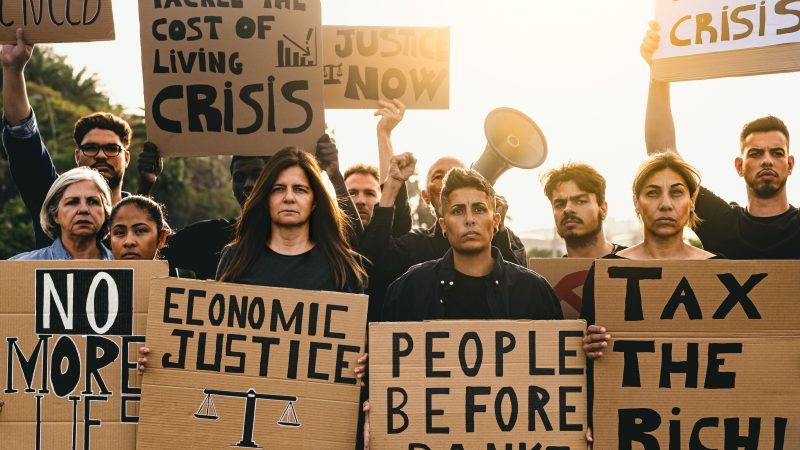Micro and Nano Plastics: Threat to human health

As if climate change acceleration wasn’t a big enough threat to the human population, it is increasingly apparent that micro and nan0 plastics (MNPs) – the tiny derivatives of our plastic convenience universe – are accumulating in humans with wide ranging negative biological effects.
MNPs are comprised of any of polyethylene (PE), polypropylene (PP), polystyrene (PS), nylon (PA), thermoplastic polyester (PET), poly(vinyl chloride) (PVC), cellulose acetate (CA), polysterol polystyrene, polyethylene terephthalate, and foamed polystyrene – all products of the petrochemical industry.
The threat is increasing annually, as plastics use proliferatse across industries and the low cost as currently accounted for imbues industry and society with a high incidence of wasteful usage. Many plastic devices (like plastic forks, knives, spoons, bags, etc) are geared for a single use then disposed of. The accumulation of plastics on coastlines is chronic, and from there they degrade through mechanical, chemical and environmental effects into the micro and nano size particles.
Even making a cup of tea results in MNPs washing into lakes, rivers and oceans. Clothing has become one of the biggest source of MNPs with a single load of laundry resulting in microfiber from dacron, rayon, nylon, and polyester shedding into household graywater.
According to the United Nations Environment Program show that 275 million tons of plastic waste were produced in 2010 with an estimated 4.8–12.7 million tons leaching way into the water systems. The global plastic output increased to 353 million tonnes in 2019, approaching a 30% increase in just nine years.
Microplastics (MPs) are most commonly defined as plastic particles with a size between 100 nm and 5 mm, while nanoplastics (NPs) are particles >100 nm. (A nanometer is 1 billionth of a meter, a micrometer is 1 millionth of a meter)
The Growing List of Health Threats from MNPs
We absorb MNPs via the food and liquid we consume, the air we breathe, and contact/absorption through our skin. So our primary exposure risk is to gastric tissue, lungs and skin. The major constituent atmospheric fallout of microplastics from both urban and suburban areas of Paris was found to be synthetic fibre particles, where 29% of those fibres contained petrochemicals.
Research into absorption rates in animals indicate a positive correlation between occupational exposures and higher rates of pulmonary inflammation and cancer.
In vitro as well as in vivo experiments have shown that environmental elements including nanoplastics are able to dysregulate miRNAs and lncRNAs expression with possible genetic consequences that increase the risk of cancer development.
New research published in November 2023 indicates nanoplastic contaminants promote Parkinson’s disease. While the body of research on the impacts of nano-plastics is still in its infancy, preliminary studies show that there are negative health implications from plastic contamination in the human body in almost every organ where they have been measured.
Here’s the really big question: Are you going to continue doing what you do (making money, base jumping, surfing, skiing, dancing, painting) in your day-to-day with no modification or thought as to what you are contributing to the premature demise of humanity, or are you going to drop what you’re doing and do something about it?
How to Solve the Plastic Problem
Plastics are basically petrochemicals. What isn’t efficiently combustible is diverted into the abovementioned plastic ingredients that make up our daily consumption of plastics.
The oversmiplistic solution is obvious: stop using plastic.
But putting that into practice is an exercise in frustration, no matter how hard you try. The pipes that carry our drinking water are made of plastic. The vessels we store our food in are made of plastic. The cosmetics and personal care products we use every day and wash down the drain are loaded with plastic.
The petrochemical industry is the beneficiary of the human addiction to plastic. They feed it and maintain it and have infiltrated even our collective agency seeking to curb it (This year’s COP28 conference in Dubai is headed by Sultan Al-Jaber, who also happens to chair the Abu Dhabi National Oil Company).
Global governance is severely compromised by oil companies like Exxon, Royal Dutch Shell, Chevron, Total, Saudi Aramco whose largest shareholders are cross pollinated into government and institutional education financially around the world.
We cannot rely on the government or business sector to lead humanity out of this reality. They prey on us for their financial sustenance.
The only real solution is to act, as an individual, to progressively diminish your use and tolerance of petrochemicals of every type in your life; travel under your own physical power , live within walking distance to livelihood, find plastic-free alternatives to everyday functions like food storage and self-care.
On our demonstration project at Red Dog Organic Farm, we have eliminated plastics from a large portion of our agricultural life cycle, but we still have a long way to.
From the Real Economic perspective, we cannot accept the continuing use of plastics based on the facts that they are cheap and ubiquitous to the point of there being no alternative in many cases. If humanity is to survive beyond 2021 in whatever condition after the population revision downward, we need to embrace the fact that are situation is a result of our weakness and absence of discipline. This can be overcome by sheer force of collective will.





QQ188bet, huh? Heard a few people mention it in passing. Seems like they’ve got a decent selection of games. I’m a sucker for variety, so I might have to give them a go sometime. Take a look: qq188bet
Interesting points about RNG and player experience! Localization is key – seeing platforms like than tai 68win cater specifically to Vietnamese players with language & payment options is smart. Great for accessibility!
Sprunki Incredibox truly elevates music creation with its fresh beats and creative drag-and-drop interface. It’s a must-try for any digital composer. Check it out at Sprunki.
eC5sop1gJh2